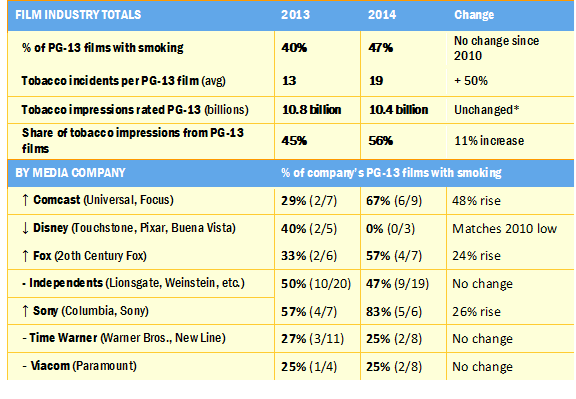February 24, 2015
This one day event is to introduce advoactes, students, health professionals, journalists and anyone else is interested in how to use tobacco industry documents in their work. The workshop is at the UCSF Library at 530 Parnassus in San Francisco.
The registration form is online at http://bit.ly/UCSFTDWS2015.
Please feel free to forward it to anyone who you feel may be interested. We look forward to seeing you there!
For more information, contact:
Jonathan Leff, MLIS
Operations Analyst
UCSF Center for Tobacco Control, Research and Education
530 Parnassus Avenue, Suite 366
San Francisco, CA 94143-1390
Tel: (415) 502-6341
Fax: (415) 514-9345
[email protected]
February 24, 2015
Today Tobacco Free Kids launched its "Knock Tobacco Out of the Park" campaign to get spit tobacco out of Major League Baseball. (The press release is here.)
Because the league, owners and players have refused to stop promotting tobacco to millions of people attending and viewing baseball, TFK and other health advocates have been working with lawmakers in Sacramento and San Francisco to introduced legislation that will eliminate the use of all tobacco products, including smokeless tobacco, at all baseball venues.
The effort is timed to coincide with the start of Spring Training. The legislation sends a simple and powerful message to kids: baseball and tobacco don’t mix.
Hackademy Awards Give Thumbs Up! For ‘The Fault in Our Stars,’ Thumbs Down! For Latest ‘X-Men’ Movie
February 21, 2015
This just out from our colleagues at Breathe California:
SACRAMENTO, Calif. Feb. 21, 2015 — A California movie awards show this weekend brought out the stars who highlight the issue that Hollywood can still hook kids on tobacco, but along with the bad news also came some good news at the 20th annual Hackademy Awards in Sacramento.
The stars at this Feb. 21 red-carpet gala were more than 40 teen volunteers at the 20th Annual Hackademy Awards, produced by Breathe California of Sacramento-Emigrant Trails through its Thumbs Up! Thumbs Down! program. Reviewers analyzed 128 movies during 2014 for portrayals, if any, of tobacco use. About half were PG and PG-13 movies. And some, such as Thumbs Up! Winner “The Fault in Our Stars,” accurately depicted tobacco use as a deadly health threat.
Reviewers found more tobacco-free movies compared to 2013, when 45 percent of reviewed movies didn’t include smoking or cigar use. That number rose to 57 percent in 2014. But where there was smoking, there was a lot more of it. For example, scenes featuring actors smoking jumped from an average of nearly seven to more than 10 per hour for PG-13 movies with tobacco use.
February 19, 2015
Three metrics are used to track smoking in movies overall, by rating and by company:
• percentage of films with smoking;
• tobacco incidents per movie (average for all movies and for movies with smoking);
• in-theater tobacco impressions (an index of total exposure from all movie platforms).

Observations for 2013 and 2014 data
• The share of PG-13 movies with smoking (47%) has not changed substantially since 2010, hovering between 40-50%. However, the share of R-rated films with smoking (61%) was the lowest observed since at least 2002.
• The average number of tobacco incidents in 2014 PG-13 films, smoking and smokefree, tied for the highest level in a decade (19 incidents per film). The 2014 PG-13 movies with smoking averaged more smoking incidents (42) than since at least 2002.
• Youth-rated (G/PG/PG-13) movies delivered 57% of all in-theater tobacco impressions in 2014, about average since 2002 but well above the historic low, in 2010 (35%).
February 18, 2015
Several people have asked for information how much smoking is in Oscar nominated movies this year. My colleague Jonathan Polansky assembled the data, which is available in a downloadable Excel spreadsheet here.
The 2014 set of Oscar-nominated films is somewhat of a departure from recent Oscar years when Oscar-nominated films typically were smokier than movies as a whole. While there are no fewer Oscar-nominated smoking films in absolute numbers, the percentage with smoking is lower.
Nominated films are a small subsample of each year's 140-160 top-grossing films and are skewed toward R-rated films for a host of reasons including adult interest and studio campaigns to secure nominations for smaller "prestige" films in hopes of boosting their box office and ancillary rights revenue.
More nominated films have been "biographical" films in the last couple years. But in 2014, fewer of these films included smoking. In 2011, 2012 and 2013, 100% of nominated "biographical" films included tobacco imagery. In 2014 it was 75% (6/8).
